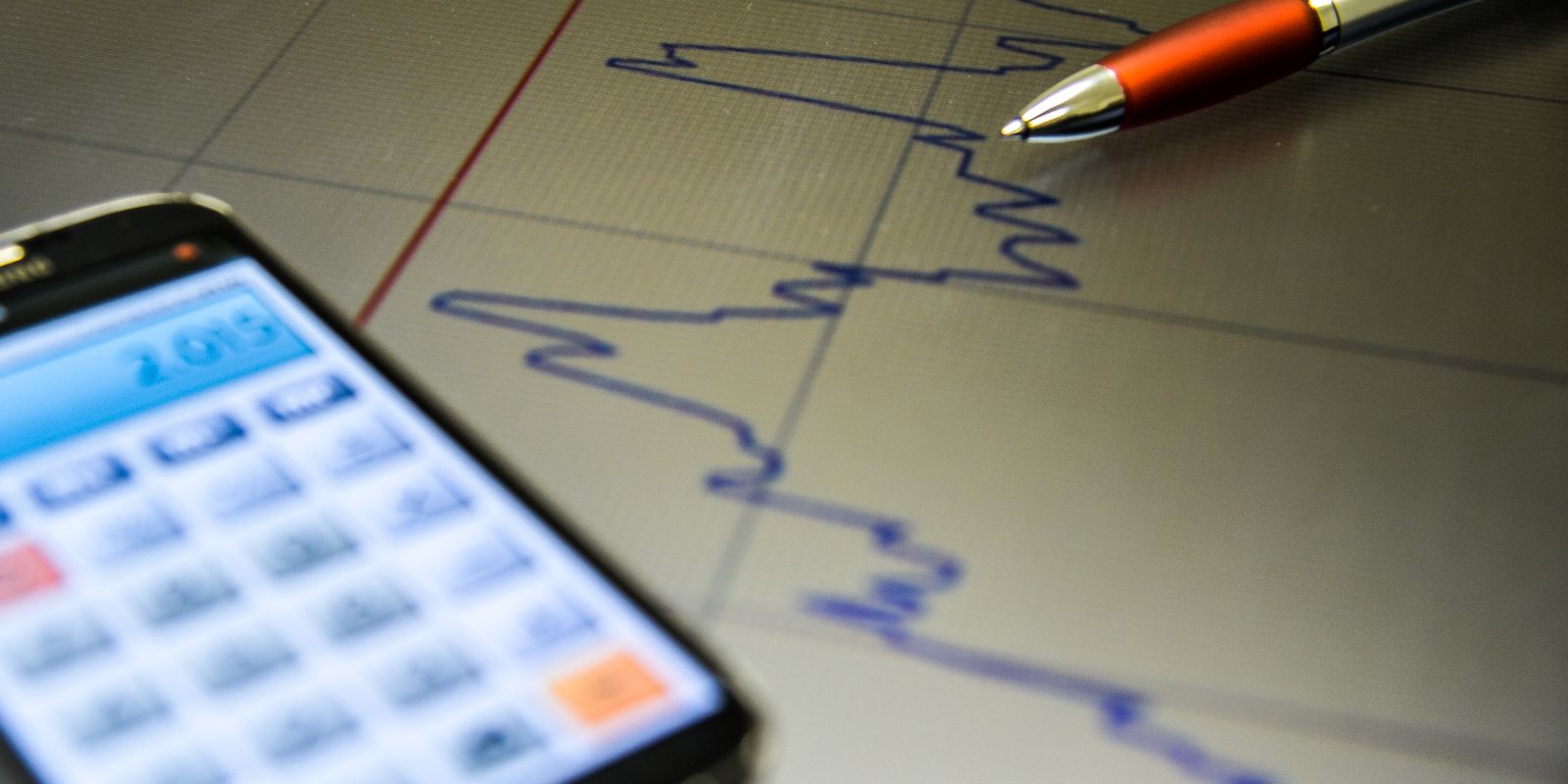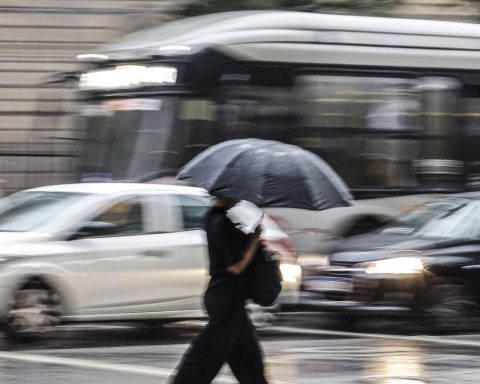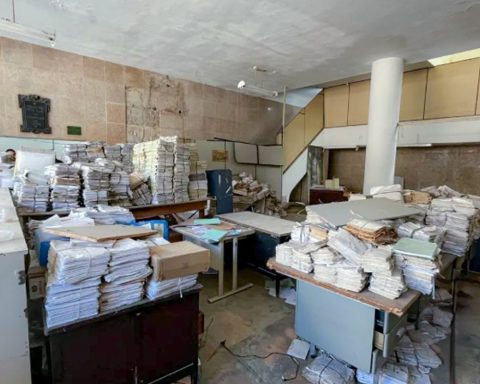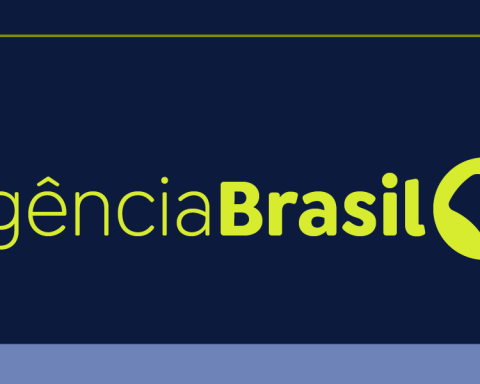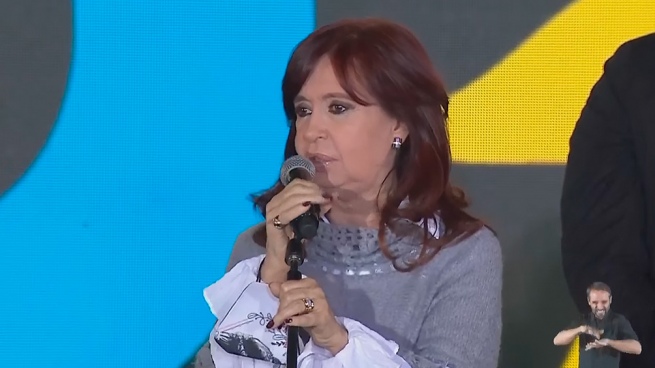The General Price Index – 10 (IGP-10) rose 0.60% in July, a percentage slightly below the previous month’s high, when it reached 0.74%. In the year, the indicator accumulates an advance of 9.18% and 10.87% in 12 months. In July last year, the increase was much smaller, it was 0.18% and the accumulated of 12 months reached 34.61%. 
The indices were released today (18) by the Brazilian Institute of Economics of Fundação Getulio Vargas (Ibre/FGV). The IGP-10 measures the evolution of prices in the period between the 11th of the previous month and the 10th of the reference month. The indicator series started at the beginning in 1993.
CPI
Consumer Price Index (CPI) inflation increased 0.42% in July. A slowdown compared to June. That month it advanced 0.72%. According to Ibre, seven of the eight expense classes that make up the index fell. From June to July, Transport dropped from 0.45% to a drop of 0.41%, Education, Reading and Recreation from 3.15% to 1.52%, Health and Personal Care from 0.84% to 0.24% , Apparel from 1.83% to 0.80%, Communication down from 0.25% to a drop of 0.79%, Miscellaneous Expenses from 0.66% to 0.22% and Housing from 0.13% to 0 .07%.
According to the survey, the main contributions to this were gasoline (0.24% to -1.49%), airfare (16.35% to 6.99%), hygiene and personal care items (1, 64% to -1.34%), clothing (2.04% to 0.99%), telephony, internet and pay-TV combo (-0.59% to -1.79%), services (0.78% to 0.11%) and the residential water and sewage rate (3.74% to 0). The only one to show an increase was the Food group (0.42% to 1.48%). The dairy item, whose rate went from 3.94% to 8.81%, was the biggest influence on this expense category.
The CPI measures the price variation of a fixed set of goods and services referring to the usual expenses of families with an income between 1 and 33 monthly minimum wages.
IPA
Another indicator that rose in July was the Broad Producer Price Index (IPA), which measures wholesale. The rate rose 0.57%. In June it had registered an increase of 0.47%. According to Ibre, in the analysis by stages of processing, the prices of Final Goods increased from 0.01% in June to 0.99% in July. The processed foods subgroup, which went from a drop of 0.25% to a high of 1.52%, was the main contribution to the result. The index related to Final Goods, which excludes the subgroups of fresh food and fuel for consumption, increased by 1.18% in July, while in June it had been 0.57%.
The Intermediate Goods group rose from 1.57% in June to 1.59% in July. The increase in the rate of the fuels and lubricants subgroup for production from 7.81% to 9.07% was the main influence for the result. On the other hand, the Intermediate Goods index, obtained after excluding the subgroup fuels and lubricants for production, registered a drop of 0.03% in July, after rising 0.30% in the previous month.
The Gross Raw Materials group expanded the fall which in June was 0.29% to 0.91% in July. The performance of iron ore rates (-2.86% to -5.93%), seed cotton (6.32% to -9.15%) and sugarcane (2.32% to -0.93%) favored the decline of the group rate. But cattle (-3.44% to 2.13%), cassava/cassava (-7.13% to 6.35%) and swine (-7.91% to 15.99%) showed an upward trend. and were the most relevant movements for the result
The IPA measures the price changes of agricultural and industrial wholesale products in the commercialization stages prior to final consumption.
For the coordinator of FGV’s Price Indexes, André Braz, producer inflation was impacted by food and fuel prices. Among foods, industrialized milk was the highlight, registering a high of 16.30%. Among fuels, the highlight was diesel, with an increase of 10.91%. The acceleration of the IPA was not more intense given the fall in the prices of important commodities. Iron ore (from -2.86% to -5.93%), corn (from -0.31 to -3.31%) and cotton (from 6.32% to -9.15%) recorded declines in their quotes in the face of the risk of global recession. As for the IPC, gasoline (-1.49%) and energy (-1.45%) partially reflect the reduction in ICMS in their numbers, which favored the deceleration observed in the rate of change in the IPC.
INCC
The National Construction Cost Index (INCC) increased 1.26% in July, a variation below the one registered in the previous month, when it stood at 3.29%. In the three groups that make up the indicator, from June to July, Materials and Equipment went from 1.66% to 0.94%, Services from 0.69% to 0.59% and Labor from 5.30% to 1.67%. The INCC monitors the evolution of the prices of the most relevant materials, services and labor for civil construction.
listen on National Radio Agency:
